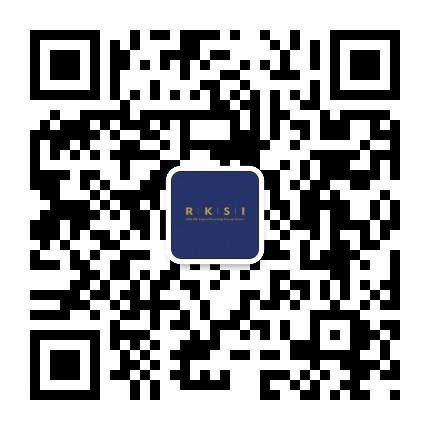East Asia Blog Series
Strengthening National Immunization Programs in Asia: A Lifesaving Journey with Challenges Ahead
Shenglan Tang, Xinyu Zhang, Zhangyang Pan, Najibullah Habib, Pengfei Zhao, Ye Xiao 16 May 2025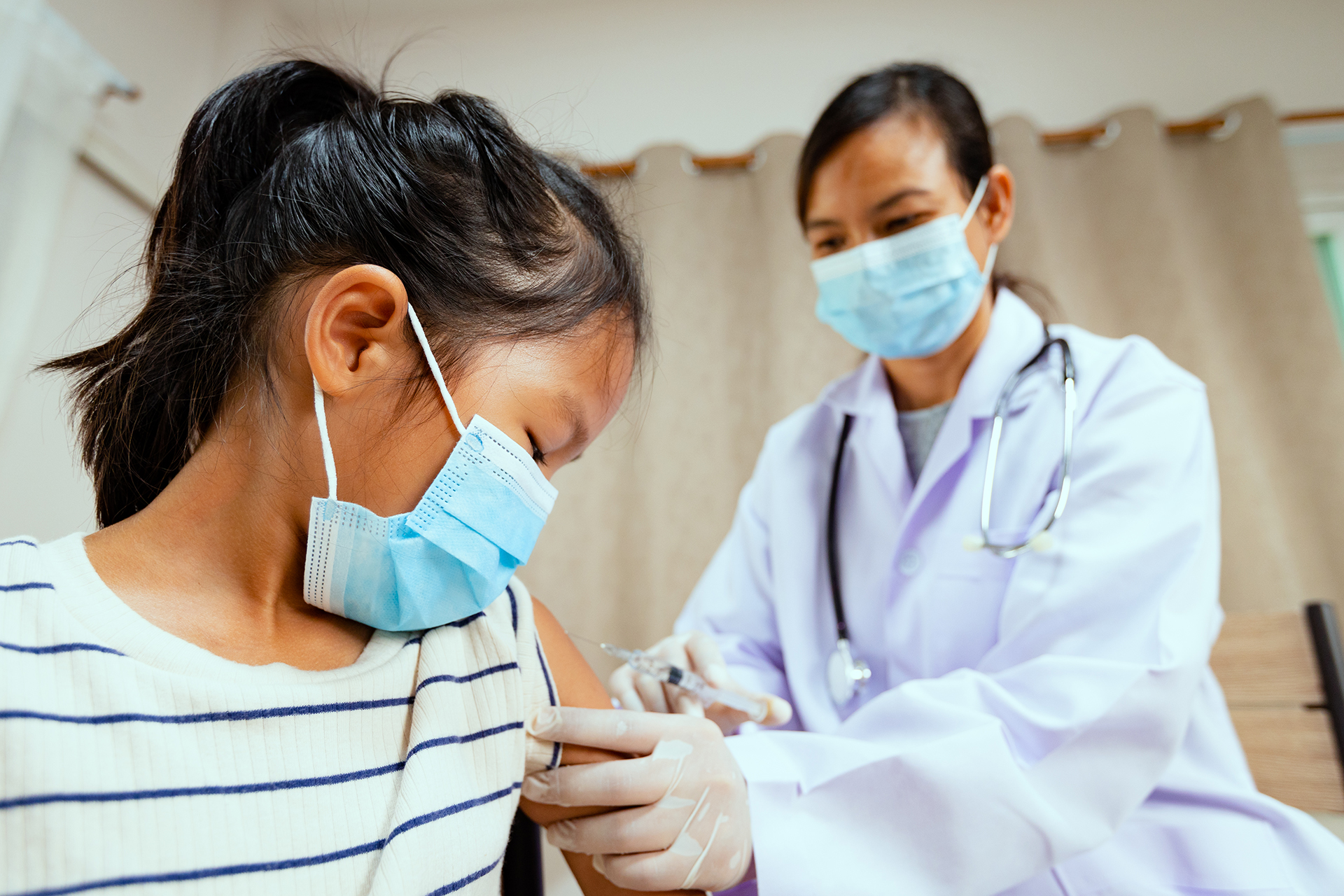
The Power of Vaccines
Picture this: A world where smallpox—a disease that once killed millions and scarred survivors for life—has been eradicated. Thanks to vaccines, this nightmare is now history. Polio, another dreaded illness that paralyzed countless children, is on the brink of extinction, with cases plummeting by over 99% since 1988[1]. Globally, vaccines have saved an astonishing 154 million lives in the last 50 years – saving 6 lives every minute[2]. Most of these are infants, given a chance to grow up healthy and strong.
Yet, the battle is far from over. In Asia, home to 60% of the world’s population, millions of children still miss out on lifesaving vaccines. While some countries have made remarkable progress, others struggle with uneven access, slow vaccine rollouts, and preventable diseases claiming lives.
Asian Development Bank (ADB) is helping developing member countries in closing the gaps and overcoming the hurdles – because every child deserves a shot at a healthy future.
Immunization in Asia: A Tale of Three Groups
A recent study by Duke Kunshan University, supplemented with data from the People’s Republic of China (PRC), reveals stark differences in how Asian countries fund and run their immunization programs [3]. Here’s the breakdown:
- GAVI[1]-Funded Countries (e.g. Cambodia, Myanmar, Pakistan):
- Rely on global funding to provide and expand access to vaccines.
- Tend to prioritize core vaccines, though some have introduced new vaccines with external support.
- Middle-Income Countries (MIC) with Partial Support (e.g. Indonesia, Vietnam):
- Benefit from transitional financing but face gaps in newer vaccines.
- Often lag behind in offering WHO-recommended options like HPV or rotavirus or PCV
- Self-Funded Countries (e.g. PRC, Singapore, Thailand):
- Fund programs domestically, enabling broader coverage.
- PRC, in particular, maintained 99% coverage for key childhood vaccines like measles, polio, and hepatitis B—even during COVID-19—while many other countries experienced declines.

The Missing Vaccines
Even in advanced programs, critical vaccines like pneumococcal (PCV), HPV, and rotavirus (RV) are often excluded. For instance, PRC’s program lacks four WHO-recommended vaccines—PCV, HPV, Hib, and RV—leaving gaps in protection. See the table below for more information.
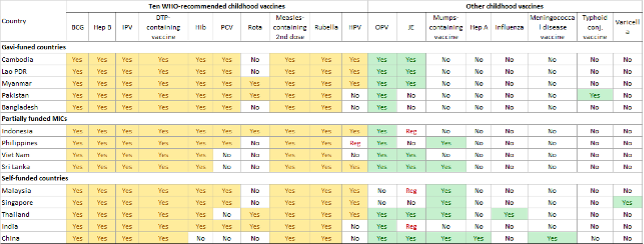
Money Matters: How Financing Shapes Immunization
The cost to fully vaccinate a child varies wildly from $18.50 per child in Sri Lanka to $77.63 in Thailand.
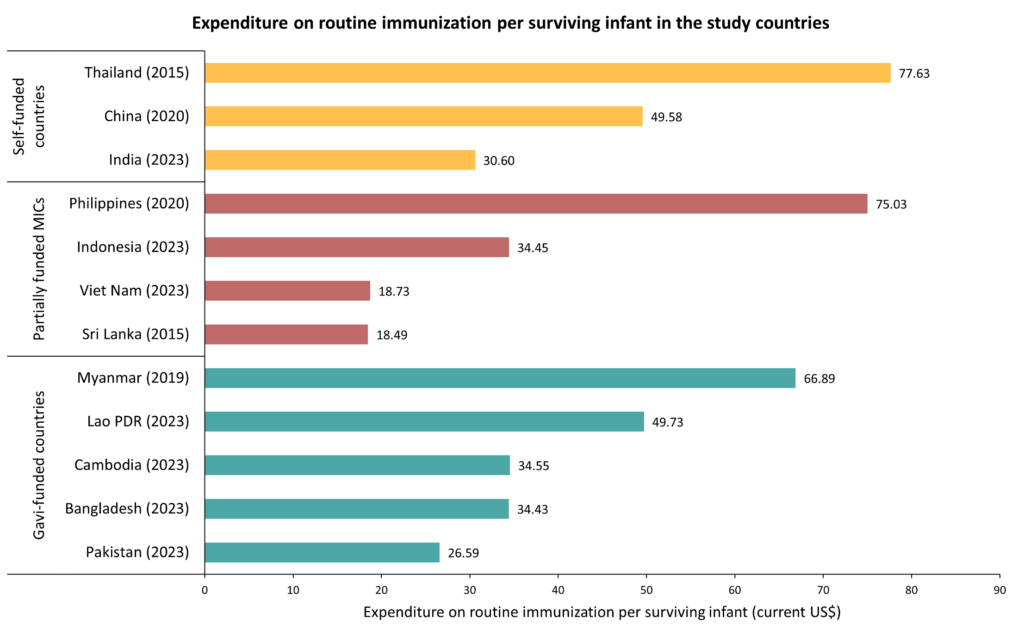
Although partially supported countries are wealthier and expected to spend more, some Gavi-funded countries surpass them per child due to stronger donor support. However, reliance on external funding isn’t sustainable. As countries grow richer, they must find ways to fund vaccines themselves—or risk backsliding.
ADB’s Supports Vaccine Access and Resilience
The Asian Development Bank (ADB) has played a pivotal role in supporting developing countries across Asia and the Pacific to secure COVID‑19 vaccines through its Asia Pacific Vaccine Access Facility (APVAX). With nearly $ 9 billion in funding, APVAX enabled governments to procure vaccines and strengthen critical health systems, including cold-chain storage, logistics, delivery networks, and vaccine tracking mechanisms. Countries such as India, Sri Lanka, and the Maldives leveraged this support to enhance their national vaccination campaigns during the pandemic.
Building on this emergency response, the ADB launched REVITALIZ, a forward-looking initiative aimed at fostering long-term health resilience[4]. The program assists countries like Bangladesh in establishing domestic vaccine manufacturing facilities, training healthcare personnel, bolstering safety protocols, quality control, and data management systems. By addressing gaps in production capacity and regulatory frameworks, REVITALIZE seeks to ensure equitable access to safe, reliable vaccines and medical treatments, thereby fortifying regional preparedness for future health crises.
The Road Ahead: 4 Key Steps
- Speed Up New Vaccine Rollouts
- Prioritize HPV and Hib vaccines in PRC—they’re cost-effective, with sufficient supply of domestic made products, and tackle high-burden diseases.
- – Expand to PCV, Rotavirus vaccine, and Penta within 3-5 years.
- Secure Sustainable Funding
- Countries transitioning from donor support must ramp up domestic budgets.
- ADB can guide innovative financing models to keep immunization programs alive.
- Close the Equity Gap
- Invest in mobile clinics and outreach to reach remote communities.
- Tailor campaigns to overcome cultural and economic barriers.
- Share Knowledge Across Borders
- ADB hosting regional forums to spread best practices.
- Let high-performing countries (like PRC) mentor others.
Final Thoughts: No One Left Behind
Vaccines are one of humanity’s greatest triumphs. But until every child in Asia—whether in a megacity or a mountain village—gets the same protection, our work isn’t done. With smart investments, regional teamwork, and unwavering commitment, universal immunization isn’t just a dream. It’s a goal within reach.
Which vaccine gaps surprise you the most? How can we ensure no child is left unprotected? Share your thoughts below.
References
- WHO Polio Fact Sheet https://www.who.int/health-topics/poliomyelitis#tab=tab_1
- WHO Global Vaccine Market Report 2024 https://iris.who.int/bitstream/handle/10665/380367/B09198-eng.pdf
- World Health Organization. Regional Office for the Western Pacific & Asia Pacific Observatory on Health Systems and Policies. (2025). Comparative analysis of the national immunization programmes in select ASEAN and SAARC countries: progress and challenges. 8 (1), WHO Regional Office for the Western Pacific. https://iris.who.int/handle/10665/380387.
- ADB REVITALIZE Program https://www.adb.org/projects/58071-001/main
[1] GAVI, the Global Alliance for Vaccines and Immunization, is an international organization that provides financial support to help low-income countries obtain vaccines and improve immunization coverage.

Shenglan Tang
Director of VaxLab; Co-Director of Global Health Research Center, Duke Kunshan University; Mary D.B. T. & James H. Distinguished Professor, Duke University

Xinyu Zhang
Associate Director for Research, VaxLab; Research Assistant Professor of Global Health Research Center, Duke Kunshan University
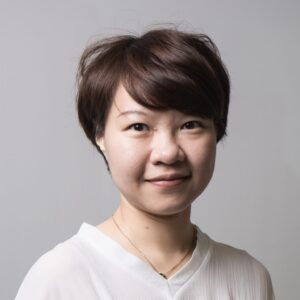
Zhangyang Pan
Associate Director for Communication and Advocacy, VaxLab, Duke Kunshan University
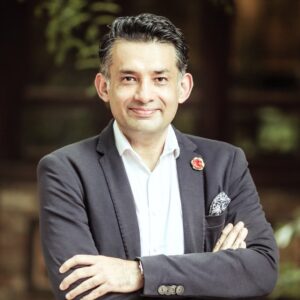
Najibullah Habib
Senior Health Specialist, Human and Social Development Sector Office, Asian Development Bank
Pengfei Zhao
Staff Consultant, Human and Social Development Sector Office, Asian Development Bank

Ye Xiao
Staff Consultant, Human and Social Development Sector Office, Asian Development Bank


